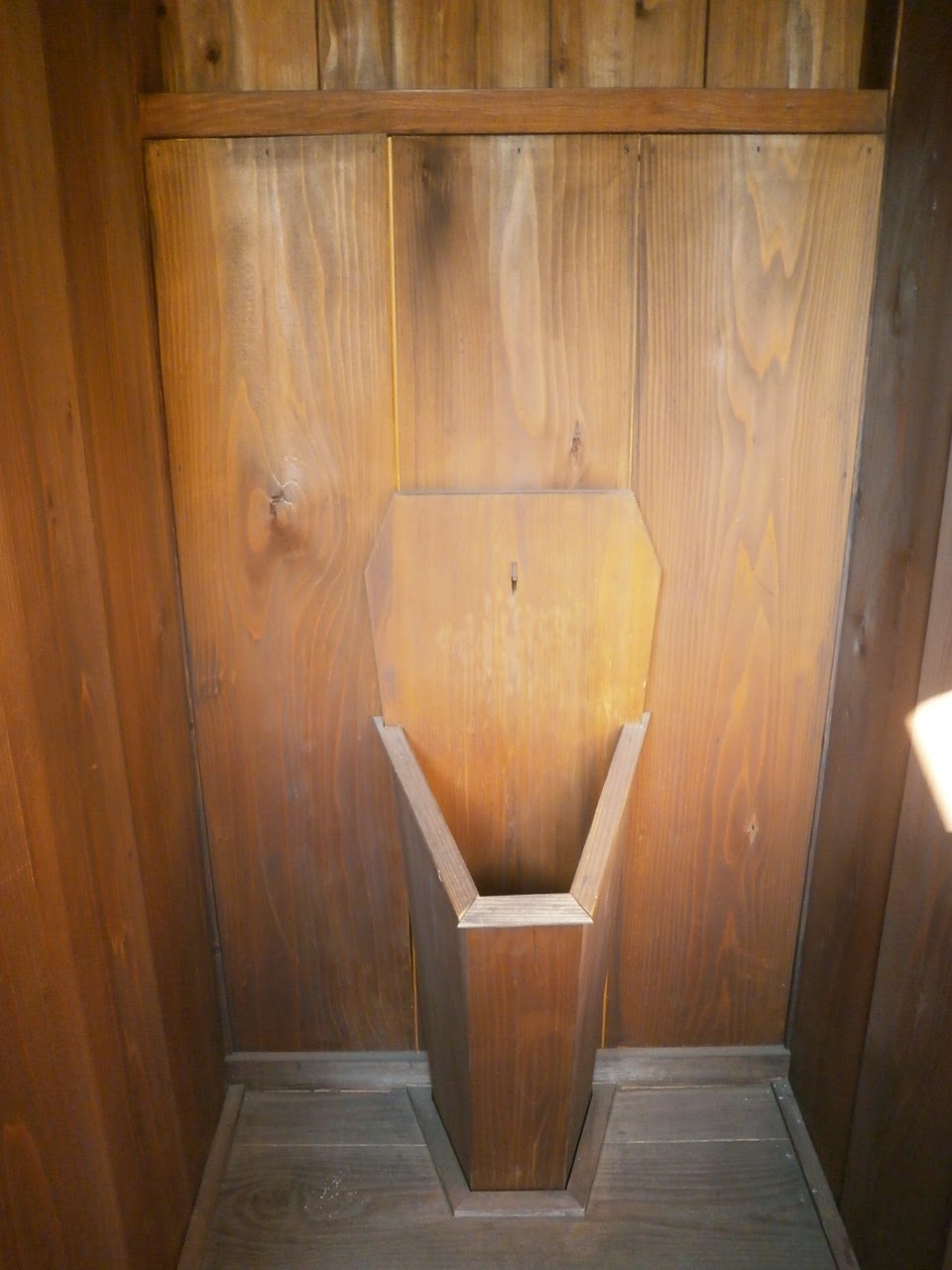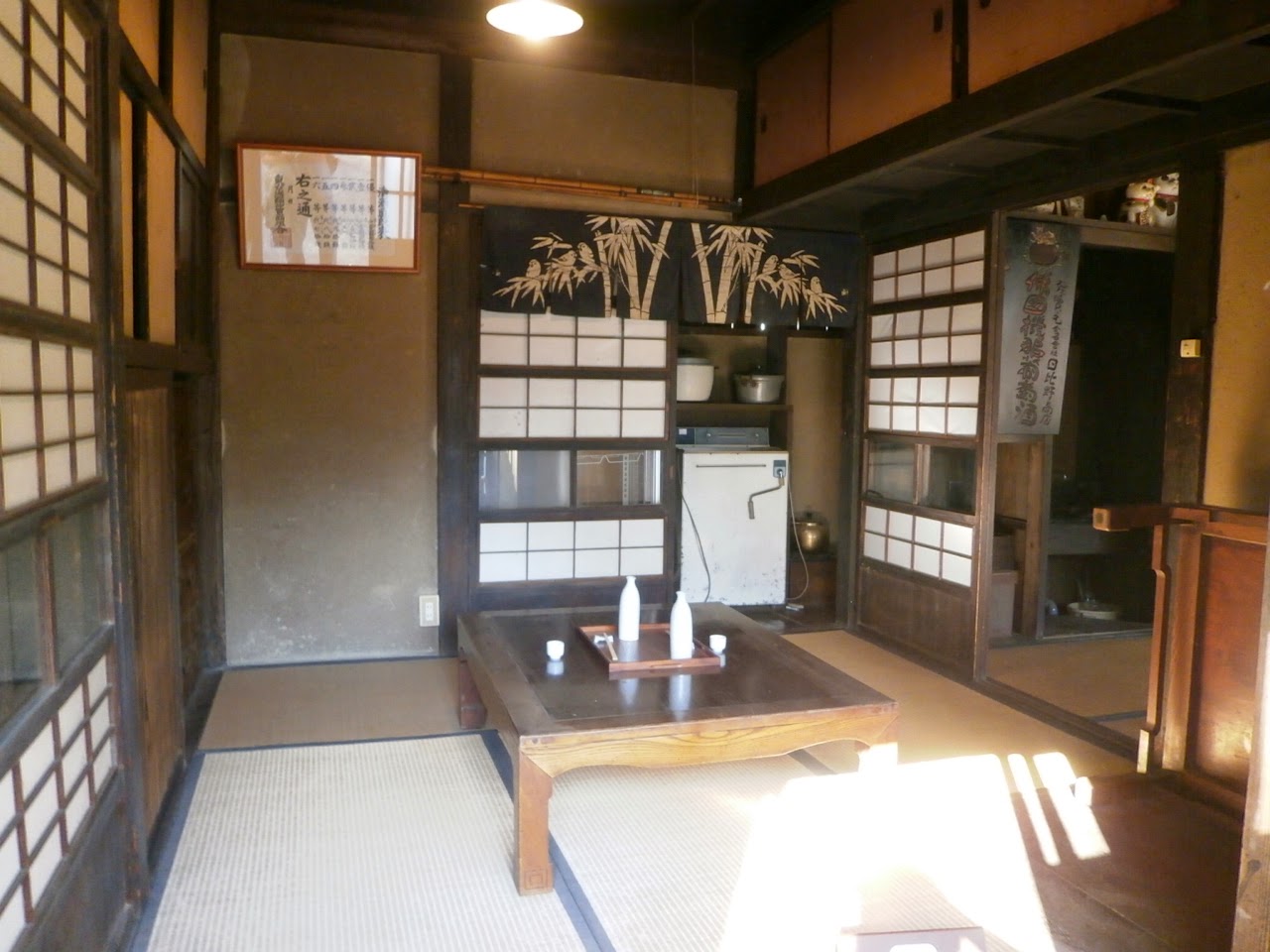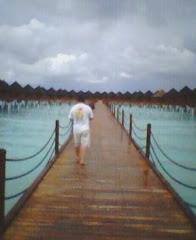また江戸東京たてもの園の東ゾーンにいます。
Yukio standing in front of the "Kawano Shoten" Oil-paper Umbrella Warehouse Store.
川野商店(和傘問屋)の前に立てる幸男。
Pamphlet: This was a wholesale store selling Japanese-style umbrella, built in Koiwa, Edogawa Ward, when umbrella manufacturing was a thriving industry. The interior shows the shop of an umbrella wholesaler around 1930. [8-chome, Minami-koiwa, Edogawa Ward, 1926]
日本語の説明は下記のURLで:
http://tatemonoen.jp/
Unfinished umbrella.
未完成の和傘。
The Japanese call this "Ai ai Kasa" (couple sharing an umbrella).
幸男と玲子のアイアイ傘。
"Kodera" Soy Sauce Shop / 小寺醤油店
Pamphlet: This shop was established in Shirokane, Minato Ward in the Taisho period, and sold soy bean paste, soy sauce and liquor. The main feature of the building is its protruding beam style (dashigata-zukuri), the round eaves purlin supported by brackets. [5-chome, Shirokane, Minato Ward, 1933]
Old register / 古いレジ
"Kodera" soy shop's kura (warehouse) / 小寺商店の蔵
Mantoku Inn / 万徳旅館
Pamphlet: The Mantoku Inn was located in Nishiwakecho, Ome City, on the southern side of the Ome highway. The building was recreated here in close to its original form, while the interior is from the 1950s, when the facility still thrived as a hotel. [Nishiwakecho, Ome City, end of Edo period to beginning of Meiji period]
Wooden urinal / 木材の男性用トイレ
Tailor's workshop / 仕立屋
Pamphlet: This is a merchant style house with protruding beam style (dashigata zukuri), a round eaves purlin, which was built in present Mukogaoka, Bunkyo Ward in the early Meiji period (1868-1912). The workdplace of a tailor of the Taisho period is reproduced inside. [1-chome, Mukogaoka, Bunkyo Wardf, 1879]
Bonsai trees out in the garden.
外にある盆栽。
Public bathhouse "Kodakara-yu" / 子宝湯
Pamphlet: This is a typical Tokyo public bath. It has luxurious features such a s a large Chinese-style gable like those used for temples and shrines, carvings of the seven gods of good luck above the entrance, and a lattice ceiling in hte dressing room. [Senju-motomachi, Adachi Ward, 1929]
I find it sad that the sento culture is a rapidly disappearing business. The one in our neighborhood closed this year.
銭湯文化が毎年減ってるのはとっても悲しいことです。
The bandai (the public bath overseer) / 番台
Yamatoya store (again) / 大和屋
Bar "Kagiya" / 鍵屋(居酒屋)
Pamphlet: This bar used to be on Kototoi Street in Shitaya, Taito Ward. It is said to have been built in 1856 and to have survived the earthquake and the Second World War. The building and its interior have been restored to their appearance around 1970. [2-chome, Shitaya, Taito Ward, 1856]
This building isn't listed as part of the architectural museum but it is a dagashiya。
このたてものは園には指定されてないが、駄菓子屋です。
Farmhouse of the Tenmyo Family / 天明家(農家)
Pamphlet: The Tenmyo family administered Unoki Village (now Ota Ward) in the Edo period (1603-1867). The high status of the family is evident in elements of the architectural style, such as the roof with a chidori gable, the nagaya gate, and the dry-style garden. [1-chome, Unoki, Ota Ward, late Edo period]
Sitting around the irori / 囲炉裏体験開催中
This covers the rest of the East Zone. Next we will check out the Center Zone.
これで東ゾーンの探索終了。次はセンターゾーン。




















































.jpg)



No comments:
Post a Comment